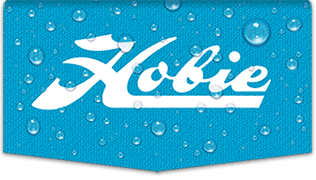I got my mast top swivel. It looks almost nice enough keep it in my wife’s jewelry box, though she might notice it as it is a bit bigger than what she has now. As far as strength is concerned, it is a 'bombshell', but it swivels nicely on greased bearings. But, in testing the contraption with my jib, it didn’t work quite as I had expected. I may be doing something wrong, or not understanding something, or have wrong expectations. I am not sure.
Problem with ‘plan A’ (I am not using pulleys, but surfaces that have minimal friction):
In order to tighten the jib enough to furl it, I tighten the one line (halyard, back-stay) only to have the mast pulled back by the tightening. The mainsail at this point is still furled up and no control line is attached. With the mast pulled back and therefore bent, it is much more difficult to furl. Not only that, I don't know if I like the idea of the mast bending back just because I tighten (and not very tightly) the leading edge of the jib. Even pulling forward (jerking it forward with my hands), the mast doesn't move back to straight. I think it bends because the mast wants to have equal pressure on both sides and has to move aft to be in the comfortable center spot. Confused, I tried 'plan B'.
‘Plan B’:
When I designed the mast topper I included a cross bar, just in case I might want to run a support line down to the amas. There is a eye strap just in front of the handle on each ama. Watching Penguin Man’s 2011 EC Youtube videos it looked like he used them with his jib setup instead of a back-stay. The location of the eye strap is a little aft of the mast. I adjusted the side lines to be just barely snug with a straight mast. So with more forward pull from jib (when tightening the luff with the halyard), the mast moves forward a little more, but not much.
I ran a halyard from almost directly below where the head connects to the mast topper. If I pull the halyard tight, and the mainsail is loose, the mast bends forward just a little but not nearly as much as it bent back in ‘plan A’. By adjusting the tension of the jib halyard, and the control line of the mainsail, I have full control of the bend of the mast and tension of the sails. One limitation is that both sails are tight or both are loose. But the same is true under ‘plan A’, and I am guessing that in real life it is not a limitation since I probably want the mainsail loose when I want the jib loose.
Using ‘plan B’ the jib furls very nicely and the mainsail also furls without any difficulty (though currently in opposite direction). So, as I need to, I can easily adjust the size of both sails.
Questions:
- Using ‘plan B’ Are there likely points where I might get into trouble or be at a disadvantage?
- Is there an advantage or disadvantage to both sails furling in the same or opposite directions.
- From what I have written under ‘plan A’, is there something that I may be doing wrong or differently than others of you using the one line (back-stay, fore-stay, halyard) system?
I am still waiting on some hardware to get the lines set up the way I think I might want them. They should be here any day. When I get the hardware installed I will shoot some pictures or video so you can better visualize what I am talking about.
For now, here are some pictures of the 'jewel'. It weighs in at 1.75lb, and not as difficult to put up the mast as I was anticipating. If I do end up using a back-stay ('plan A'), I may add a piece of square aluminum tubing, supported by the existing support, to the top to extend it beyond the longest batten. I do need to furl it to the batten, or close) for a jibe.
...mark...











